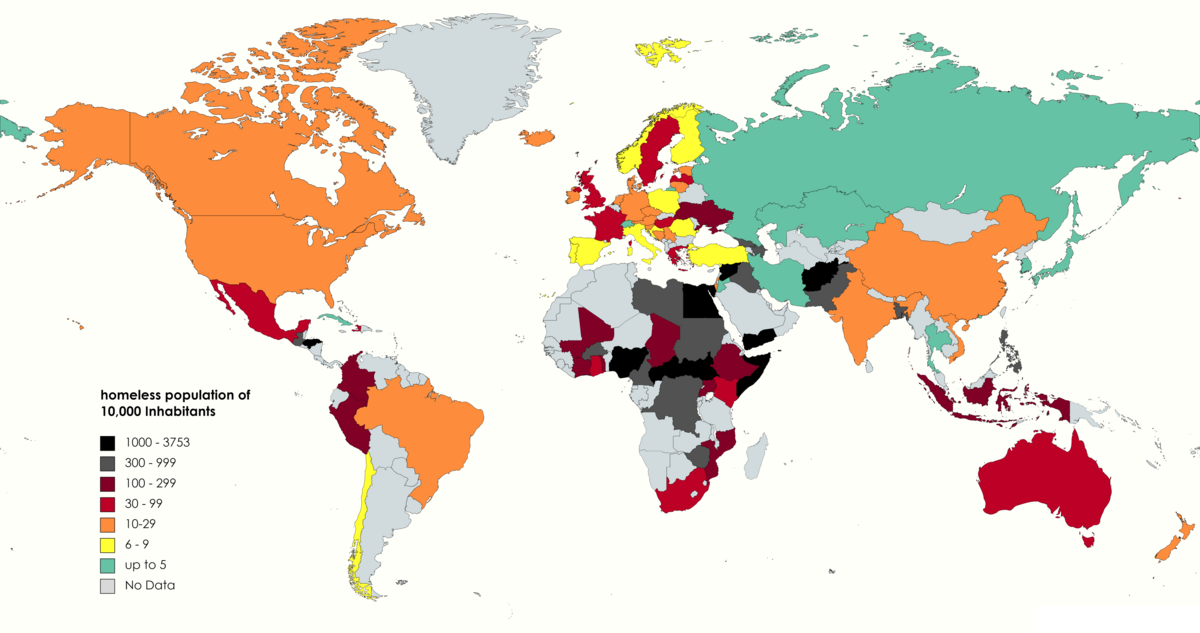Suche
Beiträge, die mit Problem getaggt sind
"Erneut Wirbel um #AndreasScheuer: Der ehemalige #Verkehrsminister hat offenbar verdächtige #Spenden erhalten. Das könnte zum #Problem für die #CSU werden."
https://www.t-online.de/nachrichten/deutschland/parteien/id_100589266/csu-in-erklaerungsnot-andreas-scheuer-hat-offenbar-dubiose-spenden-erhalten.html
.
https://www.t-online.de/nachrichten/deutschland/parteien/id_100589266/csu-in-erklaerungsnot-andreas-scheuer-hat-offenbar-dubiose-spenden-erhalten.html
.
Mit dem optionalen Januar-#Update behebt #Microsoft ein weiteres #Problem unter #Windows11 #24H2. Die im Dezember eingeführte Update-Sperre für das #Betriebssystem bleibt aber dennoch bestehen. https://winfuture.de/news,148457.html?utm_source=Mastodon&utm_medium=ManualStatus&utm_campaign=SocialMedia

Windows 11 24H2: Microsoft behebt Problem, Update-Sperre bleibt aber
Die neueste Version von Microsofts Betriebssystem macht immer noch allerhand Ärger. Jetzt behebt das optionale Januar-Update eines der vielen Probleme. Die Update-Sperre für Betroffene bleibt vorerst aber bestehen. Der Grund dafür ist noch unklar.Felix Krauth (WinFuture.de)
Microplastics found in multiple human organ tissues correlated with lesions
The studies documented particles detected in skin, arteries, veins, thrombi, bone marrow, testes, semen, uterus, and placenta. MNPs were found in the digestive system, from saliva to feces, liver, and gallstones.#human #organism #health #healthcare #microplastic #problem #study
Within the respiratory system, MNPs were everywhere, including lung tissue, with microscopic fibers common in bronchoalveolar lavage fluid and sputum.
Positive correlations emerged between particle abundance and specific disorders, such as inflammatory bowel disease, thrombosis, cervical cancer, and uterine fibroids.
Microplastics found in multiple human organ tissues correlated with lesions
Research led by Zhejiang Agriculture and Forestry University in China has performed a metadata investigation into the presence of microplastics in humans.Justin Jackson (Phys.org)



